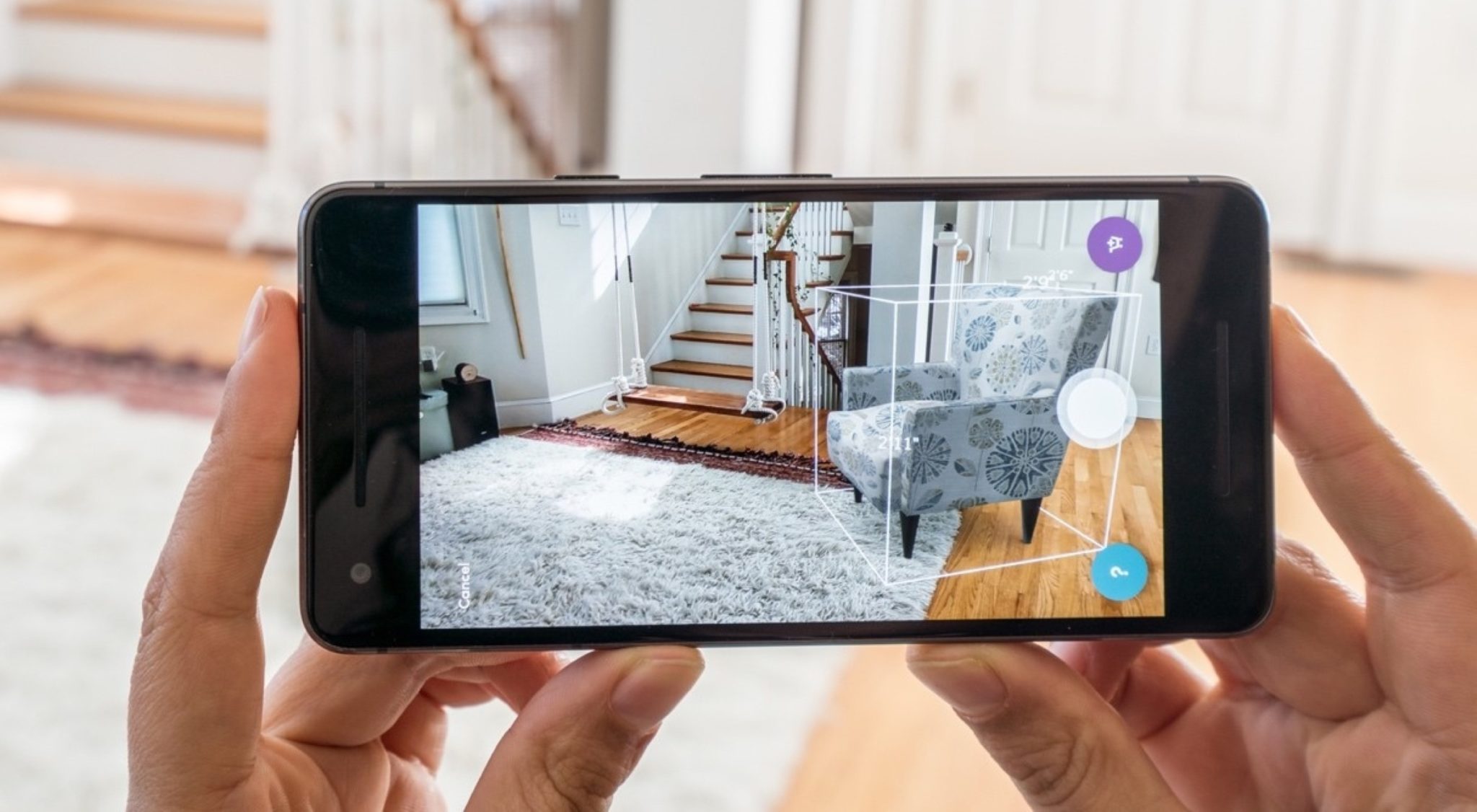Immersive technologies such as 3D and augmented reality (AR) offer businesses radical new ways to improve customer experience (CX), streamline their operations, and boost brand perception. 3D and AR have already brought positive disruption to ecommerce, and with adoption of immersive technologies accelerating, there’s no going back.
How have 3D and AR redefined ecommerce?
Immersive technologies have revolutionized man-machine engagement. Research data shows customers enjoy a better shopping experience, shop more frequently, and return fewer products. Businesses, meanwhile, can drive omnichannel sales from immersive experiences and gain valuable customer data insights in the process.
AR enhances the real world by superimposing digital renderings on the user’s chosen environment. By seamlessly augmenting their physical surroundings with digital content such as visuals and sound, immersive technologies provide users with a drastically improved customer experience that results in greater engagement, higher conversion rates, and improved brand perception.
What’s more, immersive technologies bridge the gap between the physical and the digital, opening up a new world of possibilities for retailers.
Immersive technologies offer hyper-personalized CX
A bricks-and-mortar store offers a shopping experience consumers are familiar and comfortable with. Shoppers can browse the shelves at their leisure, closely examine each item, try on clothes and compare prices.
AR helps build a similarly personalized experience when shopping online. 61% of customers say that they prefer to shop from websites that offer an immersive experience.
An example of an improved customer experience for furniture configuration
AR is helping businesses reduce return rates
Another challenging aspect of online shopping is making purchase decisions. This is especially true of the retail clothing industry, where product return rates are disproportionately high.
With 3D and AR, online consumers can enjoy a try-before-you-buy experience, seeing what the product will look like in their own space, or virtually trying on shoes, clothes, and accessories. Providing shoppers with this level of interactivity helps them make more confident buying decisions, reducing the likelihood of a product being returned. The ecommerce platform Shopify reported a 40% reduction in returns when customers interacted with 3D and AR content while making a purchase.
Immersive technologies produce a wealth of valuable business data
Immersive technologies vastly increase the breadth and depth of behavioral data that can be captured from each consumer interaction. While there are insights to be drawn from 2D webpages and apps, AR enables businesses to see, in granular detail, how customers are interacting with products in three dimensions, unlocking a treasure trove of valuable new data.
The metaverse and the future of immersive ecommerce
The metaverse is a virtual universe. It exists as a combination of multiple innovations that interoperate seamlessly. From NFTs to social commerce to AR and VR, the metaverse is designed to unite the physical and the digital worlds.
Visual ecommerce in the metaverse is, therefore, an amalgam of everything physical and digital. And what better tool to enable this union than immersive technologies? Retail giants like Amazon, Warby Parker and Gucci have already developed AR stores for the metaverse.
Certain to form part of the digital economy of the future, the nascent stages of ecommerce in the metaverse are already here. Amazon is the first to incorporate early metaverse technology into its marketplace, with its new AR shopping tool, Room Decorator, allowing consumers to use their handheld device to visualize home decor pieces in their physical space. This takes the guesswork out of shopping.
Eyewear retailer Warby Parker, meanwhile, has created virtual fitting apps, which allow users to try on glasses from their catalogs. Gucci and Adidas are also working on metaverse stores.
Where do we go from here?
The first step to embracing the metaverse is creating a 3D product catalog powered by AR. As more businesses follow suit, competition will increase as companies seek ways to reach customers with highly engaging shopping experiences. Meanwhile, data insights from customer AR interactions will help businesses optimize the customer journey further, making hyper-personalized CX a must-have. The road to the future is clear, and for many the journey has already begun.






